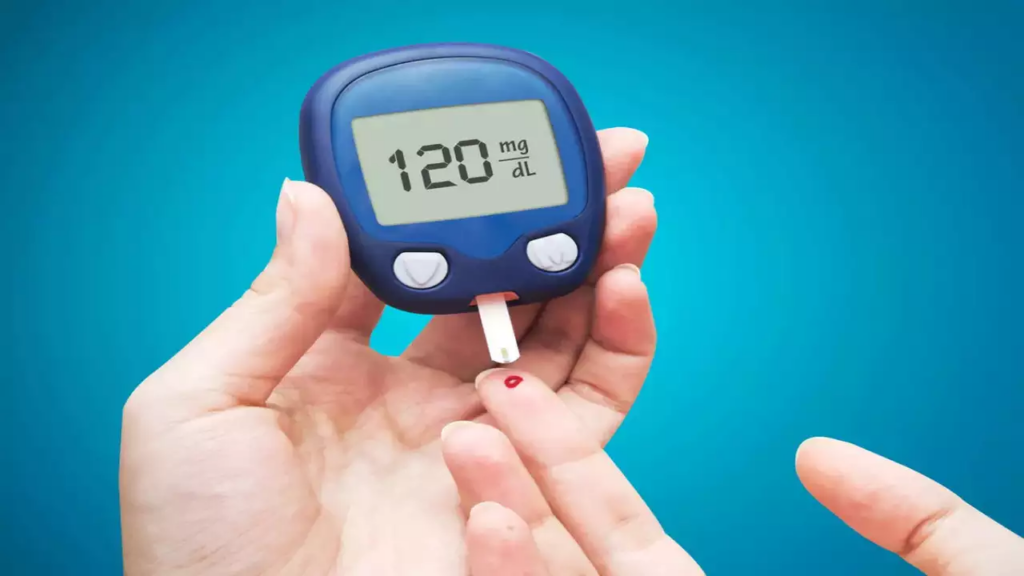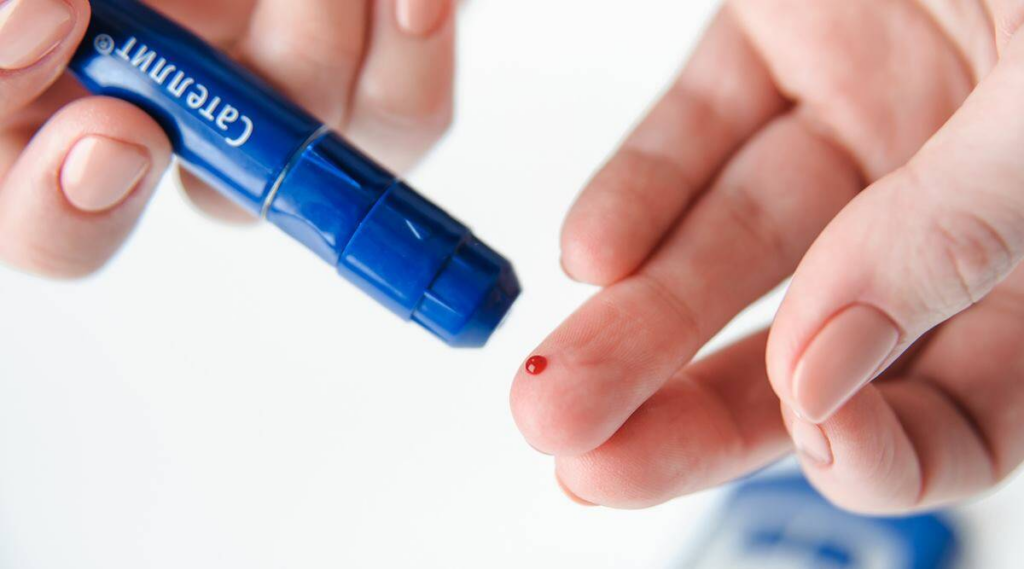Between 2019 and 2021, the number of Indians with diabetes rose by 31 million 2023

In “one of the first comprehensive studies covering all States of India,” 31 million Indians developed diabetes between 2019 and 2021.
Goa (26.4%), Puducherry (24.9%), and Kerala (24.9%) had the highest diabetes rates. The study anticipates a five-year increase in rural incidence despite its low frequency.
The WHO says diabetes causes blindness, kidney failure, heart attacks, strokes, and lower-limb amputations.

11% of Indians have diabetes and 15.3% are pre-diabetic, according to poll.
India has 11.4% diabetes, 35.5% hypertension, 40% abdominal obesity, and 50% female abdominal obesity.
In the last four years, India has experienced an increase in diabetics, pre-diabetics, hypertensives, and generalized and abdominal obesity, which predisposes people to non-communicable diseases and life-altering medical issues including strokes.
How does this study effect average life expectancy and quality of life?
Dr. V. Mohan, a senior author of the study, told The Hindu that India has excess food owing to fast food, lack of sleep, insufficient exercise, and stress.
These factors enhance NCDs. Eat well, reduce carbs, fats, sugar, and salt, sleep well, and exercise. He advised discipline to avoid illness.
The Lancet Diabetes & Endocrinology released the Madras Diabetes Research Foundation, ICMR, and Union Health Ministry study this week.
According to “Metabolic non-communicable disease health report of India: the ICMR-INDIAB national cross-sectional study (ICMR-INDIAB-17),” 28.6% of Indians had generalized obesity and 39.5% had abdominal obesity. 24% had hypercholesterolemia and 15.3% had pre-diabetes.
India has 11.4% diabetes, 15.3% pre-diabetes, 35.5% hypertension, 28.6% generalized obesity, 39.5% abdominal obesity, and 24% hypercholesterolemia. Goa, Sikkim, Punjab, Puducherry (generalized and abdominal obesity), and Kerala had the most NCDs.

101 million Indians have diabetes, 136 million pre-diabetes, 315 million high blood pressure, 254 million generalized obesity, and 351 million abdominal obesity in 2021. Americans had hypercholesterolemia.
31 States and Union Territories surveyed 1,13,043 persons (33,537 urban and 79,506 rural) between 2008 and 2020.
India has more metabolic NCDs than expected. Industrialized nations are stabilizing their diabetes epidemics while most countries are increasing. The project’s lead researcher, Dr. R.M. Anjana, said urgent State-specific policies and interventions are needed to curb India’s metabolic NCD epidemic.
The 2017 Indian Council of Medical Research (ICMR) study of ‘India: Health of the Nation’s States — The India State-Level Disease Burden Initiative’ found that NCD fatalities in India climbed from 37.9% in 1990 to 61.8% in 2016. The Health Ministry prioritizes NCDs.
“A population-based initiative for prevention, control, and screening for common NCDs—diabetes, hypertension, and common cancers—has been rolled out in the country under National Health Mission and ‘Comprehensive Primary Health Care’. NCD-targeted programme screens women over 30 for breast and cervical cancer. The Health Ministry stated Ayushman Bharat—Health and Wellness Centres check for these common NCDs.
Under the National Programme for Prevention and Control of Cancer, Diabetes, Cardiovascular Diseases, and Stroke (NPCDCS), launched in 2010 as part of the National Health Mission (NHM), the Central government provides technical and financial support to States/UTs based on their proposals and resource envelope.
The effort improves infrastructure, human resource development, health promotion and awareness, NCD prevention, early diagnosis, management, and referrals to relevant healthcare facilities.
